Are you dreaming of a beautiful, thriving home garden but short on time and energy? Then you’ve come to the right place! This article reveals the top 10 low-maintenance plants perfect for busy individuals and beginners. Discover our curated list of easy-to-grow, drought-tolerant, and pest-resistant plants that will add stunning curb appeal to your home without demanding hours of your precious time. Get ready to transform your outdoor space into a vibrant oasis with minimal effort – let’s dive into the world of low-maintenance gardening!
Snake Plant
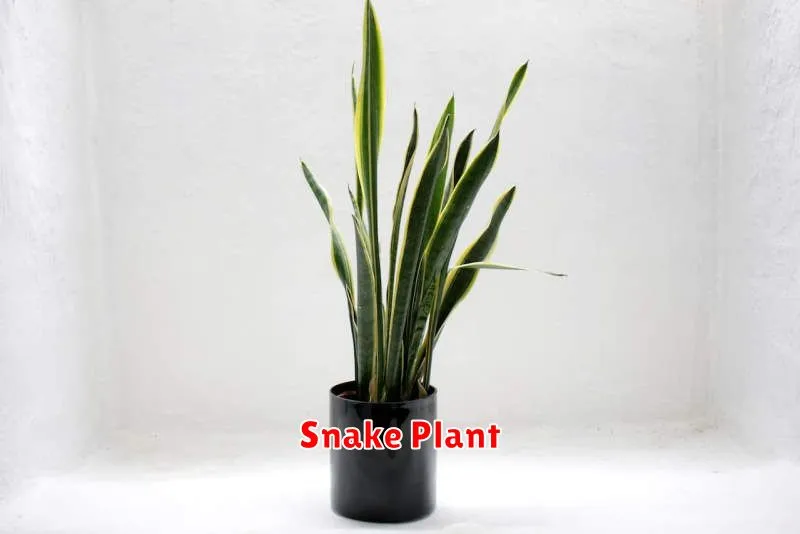
The snake plant, also known as Sansevieria trifasciata or Dracaena trifasciata, is a popular houseplant prized for its resilience and air-purifying qualities. Its striking, sword-like leaves add a touch of modern elegance to any interior space.
One of the most attractive features of the snake plant is its low-maintenance nature. It tolerates low light conditions and infrequent watering, making it ideal for busy individuals or those new to indoor gardening. Overwatering is a common mistake that can lead to root rot, so allowing the soil to dry out completely between waterings is crucial.
Beyond its ease of care, the snake plant offers significant air-purification benefits. Studies have shown that it effectively removes toxins such as formaldehyde and benzene from the air, contributing to a healthier indoor environment. This makes it a particularly beneficial plant for bedrooms and offices.
Variety is another aspect that makes the snake plant so appealing. Numerous cultivars exist, each boasting unique leaf patterns, colors, and shapes. From the classic dark green and yellow-banded varieties to the more unusual silver or variegated forms, there’s a snake plant to suit every taste and décor.
Propagation is surprisingly easy. You can propagate snake plants from leaf cuttings or by dividing the rhizomes. This allows you to expand your collection or share these resilient plants with friends and family.
In summary, the snake plant is a truly exceptional houseplant. Its combination of aesthetic appeal, low-maintenance requirements, air-purifying abilities, and ease of propagation makes it a top choice for both beginner and experienced plant enthusiasts. Whether you’re looking to add a touch of greenery to your home or improve your indoor air quality, the snake plant is an excellent choice.
Aloe Vera
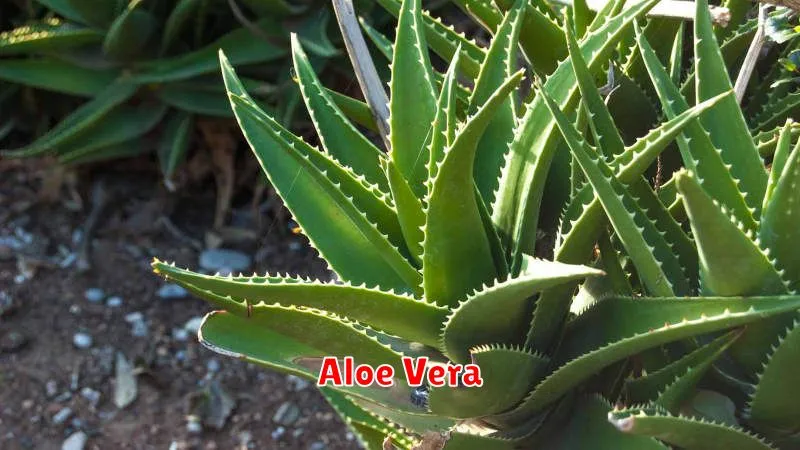
Aloe vera, a succulent plant species of the genus Aloe, is renowned for its numerous medicinal and cosmetic applications. For centuries, it has been a staple in traditional medicine, valued for its soothing and healing properties.
The plant’s gel, extracted from its thick leaves, is the primary source of its beneficial components. This gel is rich in vitamins, minerals, and other bioactive compounds, including polysaccharides, which contribute to its remarkable healing capabilities.
Topical applications of aloe vera gel are particularly widespread. It’s often used to treat minor burns, sunburns, and wounds, promoting faster healing and reducing inflammation. Many find relief from skin irritations, such as eczema and psoriasis, through the application of aloe vera.
Beyond its skin-healing properties, aloe vera also boasts potential internal benefits. While more research is needed, some studies suggest that aloe vera may aid in digestion and support gut health. However, it’s crucial to consult a healthcare professional before ingesting aloe vera, as it can have potential side effects if consumed improperly.
The versatility of aloe vera extends to the cosmetics industry. Its soothing and moisturizing qualities make it a popular ingredient in lotions, creams, shampoos, and other personal care products. Many individuals appreciate its ability to hydrate and nourish the skin and hair.
In conclusion, aloe vera is a remarkable plant with a long history of use for its therapeutic and cosmetic properties. Its abundance of beneficial compounds continues to make it a valuable resource in both traditional and modern applications. However, remember to always exercise caution and consult with a healthcare professional before using aloe vera internally or for serious medical conditions.
Spider Plant
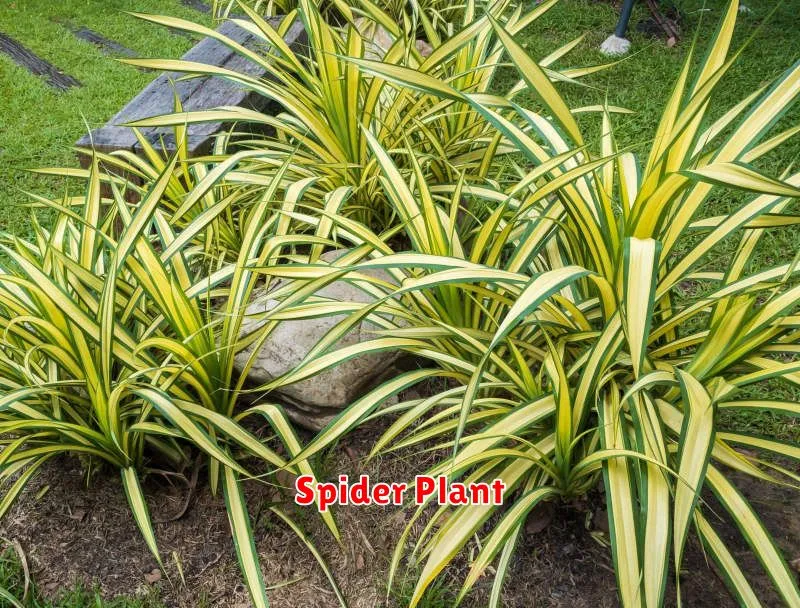
The spider plant, scientifically known as Chlorophytum comosum, is a popular houseplant prized for its ease of care and prolific propagation. Its cascading, spider-like plantlets are a charming feature, adding a touch of whimsical elegance to any indoor space.
Care is remarkably straightforward. These plants thrive in bright, indirect light, tolerating some shade but not direct sunlight, which can scorch their leaves. Water thoroughly when the top inch of soil feels dry, avoiding overwatering, which can lead to root rot. Well-draining soil is crucial for their health. Fertilize sparingly during the growing season (spring and summer) with a balanced liquid fertilizer.
Propagation is incredibly simple. The “spiderettes,” or plantlets, that develop on long stems, readily root in water or soil. Simply detach a plantlet with its own small roots and pot it individually, or allow it to root directly in the soil near the mother plant. This effortless propagation makes spider plants ideal for sharing with friends and family, expanding your indoor jungle effortlessly.
Benefits extend beyond their aesthetic appeal. Spider plants are known for their air-purifying qualities, effectively removing toxins like formaldehyde and carbon monoxide from the air. They also add a calming, natural element to any room, promoting a sense of tranquility and well-being. Their relatively low maintenance makes them perfect for beginner plant enthusiasts.
In summary, the spider plant offers a winning combination of beauty, ease of care, and air-purifying benefits. Its charming appearance and simple propagation make it a beloved choice for homes and offices alike. Whether you’re a seasoned plant parent or just starting your green journey, the spider plant is a fantastic addition to any indoor garden.
Peace Lily
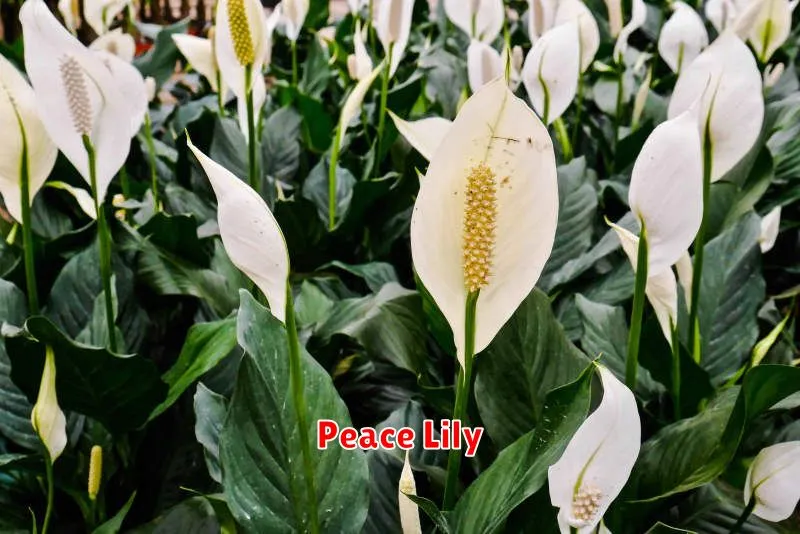
The Peace Lily, scientifically known as Spathiphyllum, is a popular houseplant prized for its elegant beauty and air-purifying qualities. Its striking, white spathe (a modified leaf surrounding the spadix) and dark green foliage make it a stunning addition to any home.
One of the most appealing aspects of the Peace Lily is its low-maintenance nature. While it appreciates regular watering, it’s surprisingly forgiving if you occasionally forget. However, it’s important to avoid overwatering, as this can lead to root rot. A good rule of thumb is to water only when the top inch of soil feels dry.
Light requirements are also relatively modest. Peace Lilies thrive in bright, indirect light. Direct sunlight can scorch their leaves, so it’s best to keep them away from south-facing windows. East or west-facing windows usually provide ideal conditions.
Beyond its aesthetic appeal, the Peace Lily offers a practical benefit: air purification. Studies have shown that it effectively removes certain toxins from the air, making it a healthy addition to your indoor environment. This makes it a perfect choice for bedrooms and living rooms.
Propagation is relatively easy. You can propagate Peace Lilies by dividing the rhizomes when repotting. This allows you to expand your collection or share these beautiful plants with friends.
In summary, the Peace Lily is a beautiful, low-maintenance, and beneficial houseplant. Its elegant appearance, air-purifying properties, and ease of care make it a perfect choice for both beginner and experienced plant enthusiasts. Enjoy the tranquil beauty it brings to your home!
Succulents
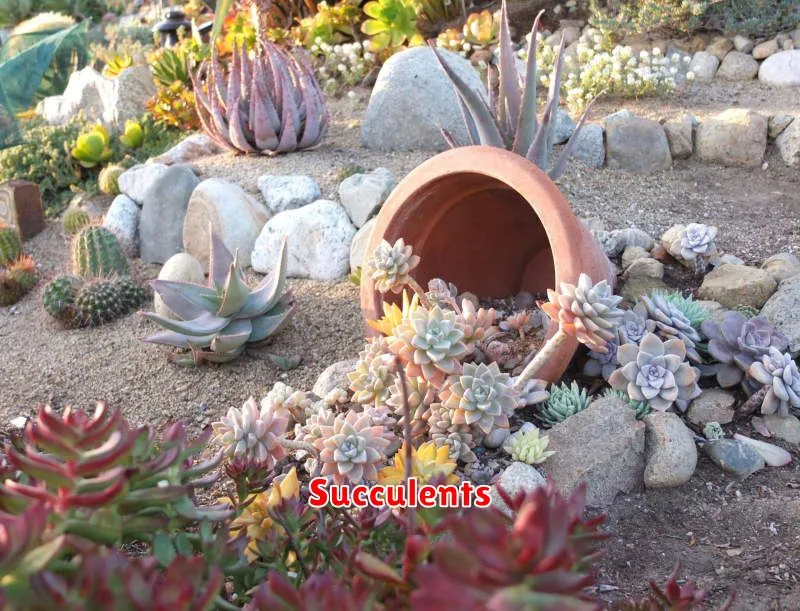
Succulents are a fascinating group of plants known for their thick, fleshy leaves and stems. These plants have adapted to survive in arid and semi-arid climates by storing water in their tissues. This adaptation allows them to withstand long periods of drought, making them incredibly low-maintenance and popular houseplants.
There’s a huge diversity within the succulent family. From the iconic rosette shapes of Echeverias to the spiky arms of cacti (which are actually a type of succulent!), the variety of forms, colors, and textures is astounding. This makes them ideal for creating interesting and unique displays in homes and gardens.
Caring for succulents is relatively straightforward. They prefer bright, indirect sunlight, well-draining soil, and infrequent watering. Overwatering is a common mistake that can lead to root rot. Allow the soil to dry out completely between waterings. During the winter months, they often require even less water.
Propagation is another fun aspect of succulent ownership. Many succulents can easily be propagated from leaf cuttings or offsets. Simply remove a healthy leaf or offset, allow it to callus over, and then plant it in well-draining soil. With a little patience, you’ll soon have new plants to add to your collection or share with friends.
Whether you’re a seasoned plant enthusiast or a complete beginner, succulents are a rewarding addition to any indoor or outdoor space. Their unique beauty, low-maintenance nature, and ease of propagation make them a perfect choice for anyone looking to bring a touch of the desert into their lives.
Popular succulent varieties include Echeveria, Sedum, Haworthia, and various types of cacti. Each variety has its own unique characteristics and care requirements, so research is always recommended before purchasing.
Cactus
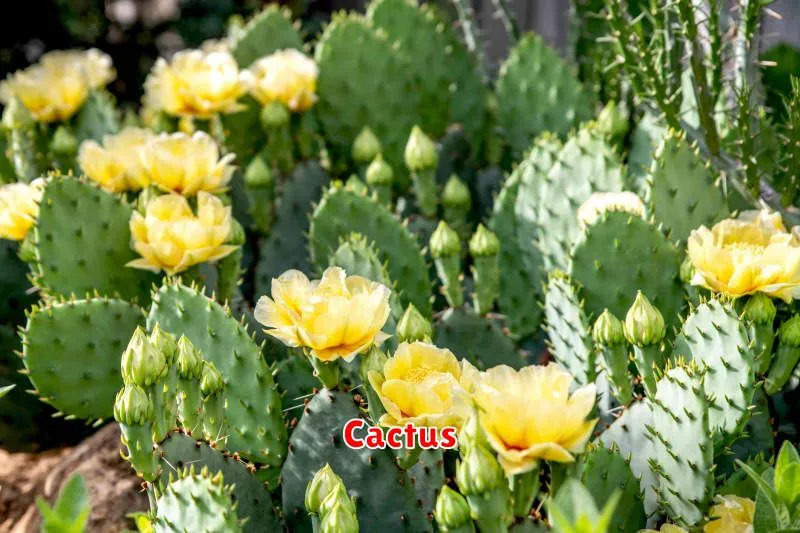
Cacti are a fascinating and diverse group of plants, well-adapted to survive in some of the world’s harshest environments. Their unique characteristics allow them to thrive in arid and semi-arid regions, where water is scarce and temperatures can fluctuate dramatically.
One of the most striking features of cacti is their spines. These modified leaves help to reduce water loss through transpiration and also provide protection from herbivores. The spines can vary greatly in size, shape, and density depending on the species.
Succulence is another key adaptation. Cacti have specialized tissues that allow them to store large quantities of water in their stems, roots, and even leaves (in some species). This stored water sustains them during periods of drought.
The photosynthetic process in many cacti is unique. Instead of having leaves for photosynthesis, the stems are responsible for this vital function. This is why the stems of many cacti are thick and fleshy, maximizing their surface area for light absorption.
The flowers of cacti are often remarkably beautiful and vibrant. They bloom in various colors and shapes, offering a stunning contrast to the often harsh landscapes they inhabit. Many cactus flowers are adapted for pollination by specific insects, birds, or bats.
There is a tremendous diversity within the cactus family. They range in size from tiny, globular plants to towering columnar cacti. Their shapes and forms are equally diverse, from barrel-shaped to branched, tree-like structures.
Conservation of cacti is becoming increasingly important, as many species face threats from habitat loss, over-collection, and climate change. Protecting these remarkable plants is crucial for maintaining biodiversity in arid ecosystems.
Lavender
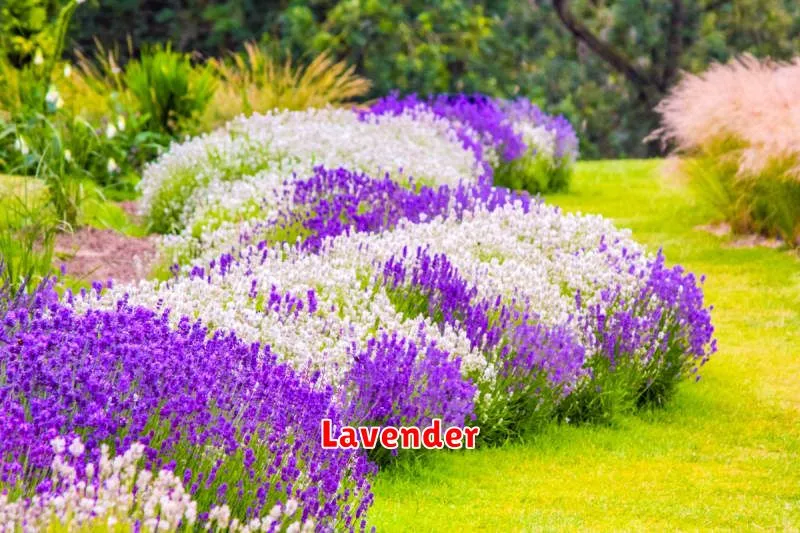
Lavender, with its delicate purple hues and intoxicating fragrance, has captivated hearts and minds for centuries. More than just a pretty flower, lavender boasts a rich history steeped in tradition and a versatility that extends far beyond its ornamental appeal.
Historically, lavender has been highly valued for its medicinal properties. Ancient civilizations, including the Romans and Egyptians, used it in various applications, from perfumes and bath oils to treatments for ailments ranging from headaches to insect bites. Its calming scent was often incorporated into rituals and ceremonies, adding to its mystique and legendary status.
Today, the uses of lavender remain diverse and widespread. In aromatherapy, its soothing aroma is renowned for its ability to promote relaxation and reduce stress. Its essential oil is frequently used in massage therapy, bath products, and even as a natural sleep aid. Many find comfort in the gentle, floral scent, finding it to be both uplifting and calming.
Beyond its aromatic and therapeutic uses, lavender also finds a place in culinary arts. Its subtle, floral flavor enhances many dishes, from baked goods and desserts to savory sauces and teas. The culinary possibilities are as diverse and exciting as its other applications.
Cultivating lavender is a rewarding experience for gardeners. Its drought-tolerant nature and low-maintenance requirements make it a suitable addition to various garden settings. The sight of a sprawling field of lavender, bathed in sunlight, is a truly enchanting spectacle.
Whether you’re drawn to its calming aroma, its multifaceted uses, or its aesthetic charm, lavender offers a timeless appeal that transcends generations. Its enduring popularity speaks volumes about its unique qualities and enduring legacy.
Bamboo Palm
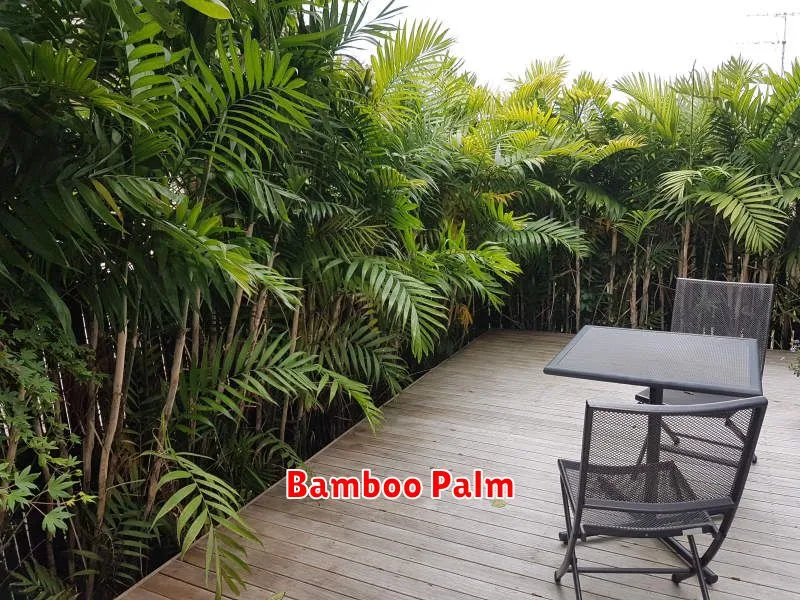
The Bamboo Palm, scientifically known as Chamaedorea seifrizii, is a popular houseplant prized for its elegant appearance and relatively low-maintenance care. Its feathery, bamboo-like fronds create a lush, tropical feel, brightening up any indoor space.
One of the key benefits of the Bamboo Palm is its air-purifying qualities. Studies suggest it can effectively remove certain toxins from the air, contributing to a healthier indoor environment. This makes it an excellent choice for bedrooms and living areas.
Caring for a Bamboo Palm is surprisingly straightforward. They prefer bright, indirect light and consistently moist (but not waterlogged) soil. Allowing the top inch of soil to dry out slightly between waterings is a good rule of thumb. Regular misting can also help maintain humidity levels, which they appreciate.
Fertilizing your Bamboo Palm is important for healthy growth. A balanced liquid fertilizer diluted to half strength, applied every 2-4 weeks during the growing season (spring and summer), will provide the necessary nutrients. Reduce or stop fertilizing during the fall and winter months.
While generally pest-resistant, occasional pest infestations can occur. Regularly inspect your plant for signs of pests such as spider mites or mealybugs. If you find any, treat them promptly with an appropriate insecticidal soap or neem oil.
With its graceful appearance, air-purifying abilities, and easy care, the Bamboo Palm is a fantastic addition to any home. Its low maintenance nature makes it ideal for busy individuals or beginner plant enthusiasts. Enjoy the tropical ambiance it brings to your space!
Money Plant
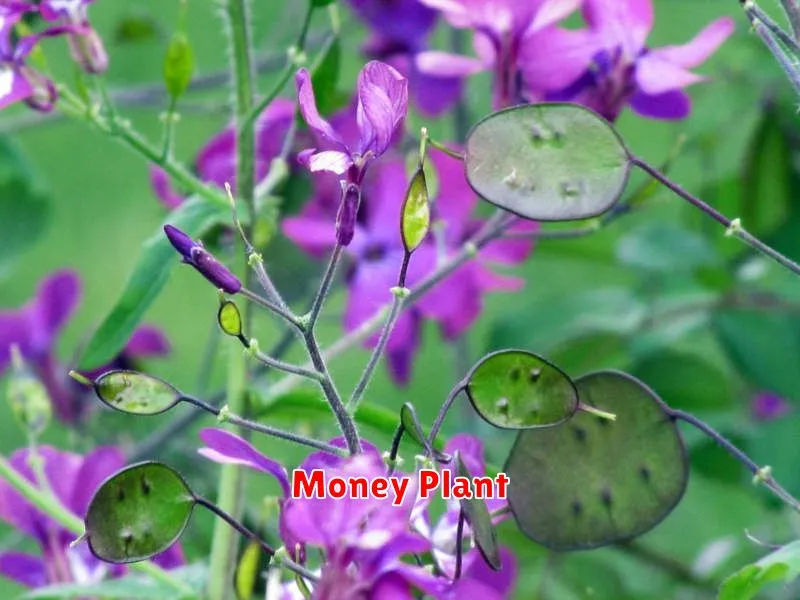
The money plant, scientifically known as Epipremnum aureum, is a popular houseplant prized for its vibrant foliage and relatively easy care. Its heart-shaped leaves, often variegated with shades of green and yellow, add a touch of life and elegance to any indoor space.
One of the most appealing aspects of the money plant is its low-maintenance nature. It tolerates a range of light conditions, though it thrives in bright, indirect light. Overwatering is a common mistake, so it’s crucial to allow the soil to dry out slightly between waterings. This adaptability makes it a perfect choice for both beginner and experienced plant enthusiasts.
Beyond its aesthetic appeal, the money plant is believed by many to bring good luck and prosperity, hence its common name. This belief stems from various cultural traditions and practices, adding a symbolic layer to its popularity. Whether or not you believe in the folklore, its undeniable charm makes it a welcome addition to any home.
Propagation is incredibly simple. You can easily start new plants from stem cuttings, placing them in water or directly into soil. This allows you to expand your collection or share the beauty of the money plant with friends and family.
While generally non-toxic to humans, it’s advisable to keep it out of reach of pets, as ingestion may cause mild gastrointestinal upset. Regularly checking for pests and diseases is also important to maintain the plant’s health and vibrancy.
In conclusion, the money plant offers a delightful blend of aesthetic value, easy care, and symbolic meaning. Its vibrant leaves and adaptable nature make it a fantastic choice for brightening up any home or office, adding a touch of natural beauty and potentially good fortune.
ZZ Plant
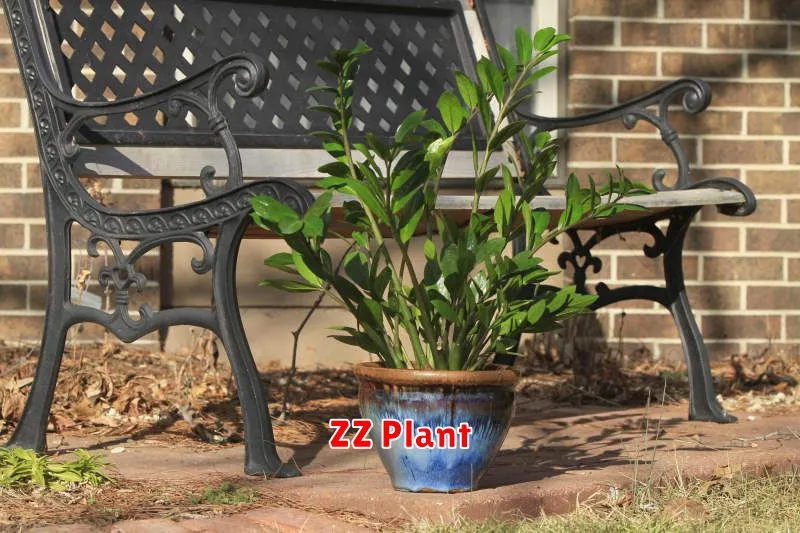
The ZZ plant, scientifically known as Zamioculcas zamiifolia, is a popular houseplant prized for its low-maintenance nature and striking appearance. Its dark green, glossy leaves add a touch of elegance to any interior space.
One of the most appealing features of the ZZ plant is its exceptional tolerance for neglect. It thrives on infrequent watering, making it perfect for busy individuals or those who may not have a green thumb. In fact, overwatering is a much bigger threat than underwatering for this resilient plant.
Light requirements are also minimal. A ZZ plant will tolerate low-light conditions, though it will appreciate some indirect sunlight. However, avoid placing it in direct sunlight, as this can scorch its leaves.
The unique leaf structure of the ZZ plant contributes to its ability to store water, allowing it to survive long periods without watering. The thick, fleshy leaves are also quite durable and can withstand some minor bumps and bruises.
Propagation is relatively easy, often achieved through leaf cuttings. Simply place a healthy leaf cutting in water or directly into soil and wait patiently for new growth to emerge. This is a fantastic way to expand your collection of these low-maintenance beauties.
Despite its hardiness, the ZZ plant is still a living organism and requires some basic care. While infrequent watering is key, ensure the soil isn’t consistently soggy. Occasional fertilization during the growing season (spring and summer) can promote healthy growth, but it’s not essential.
In summary, the ZZ plant is an ideal choice for beginners and experienced plant owners alike. Its ability to tolerate neglect, low light, and infrequent watering makes it a nearly indestructible houseplant, adding a touch of green to your home with minimal effort.

